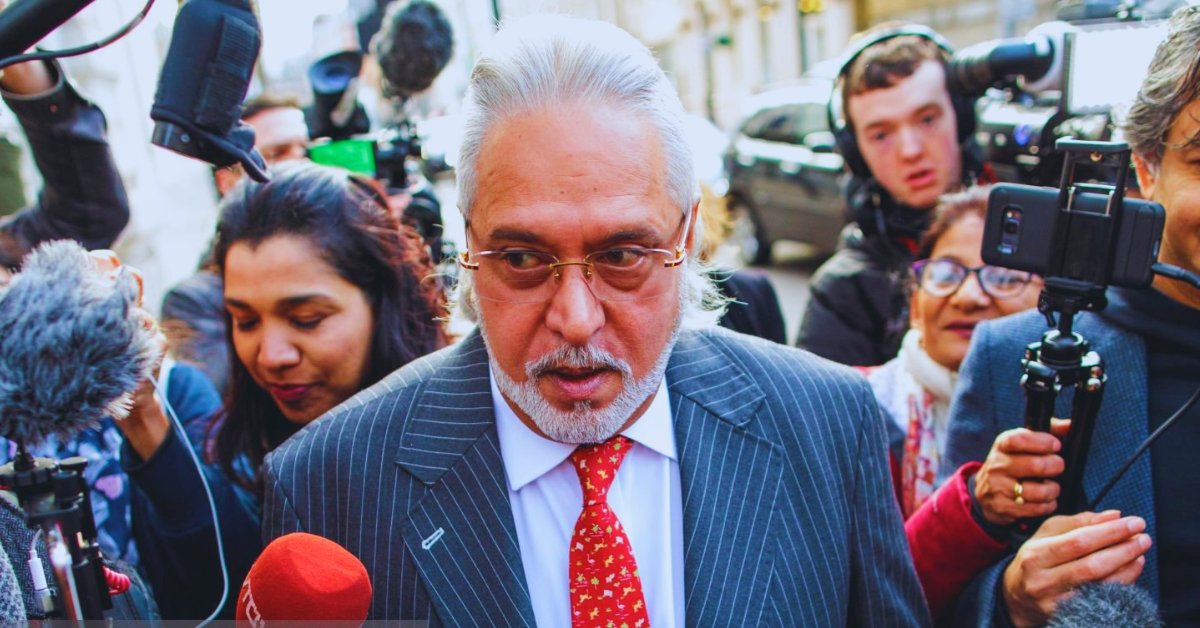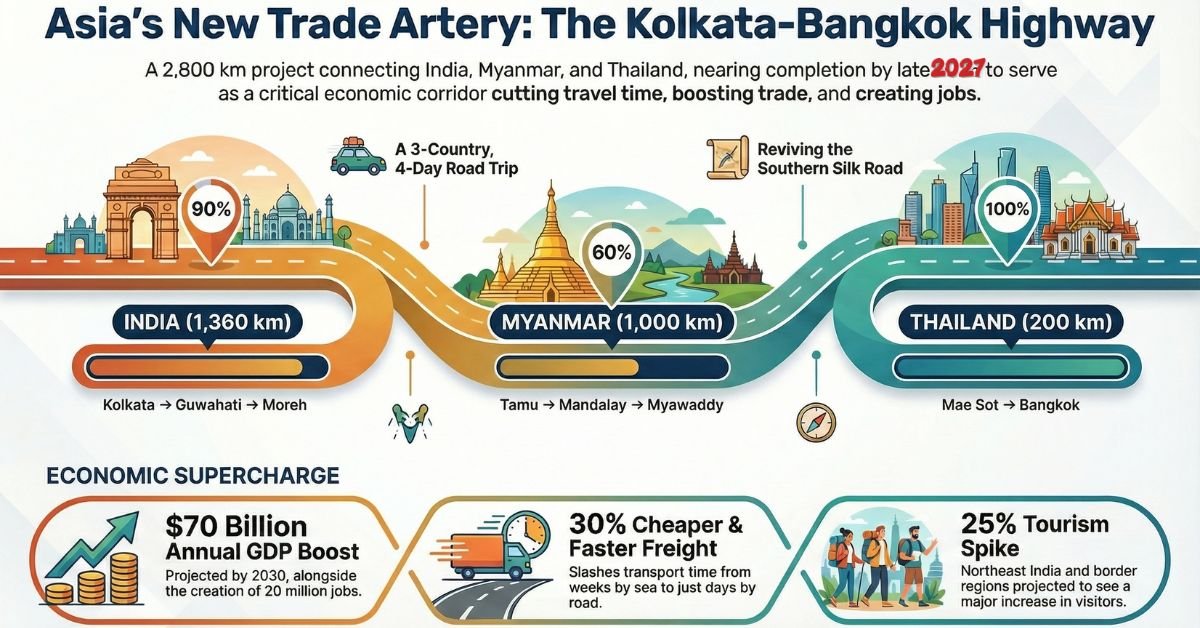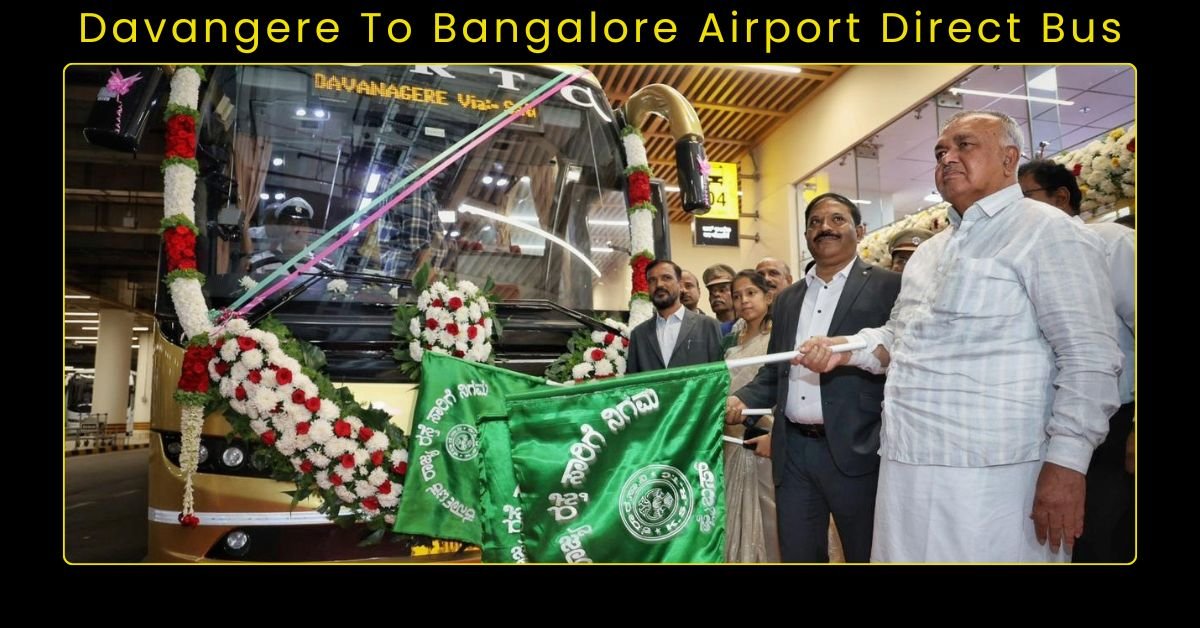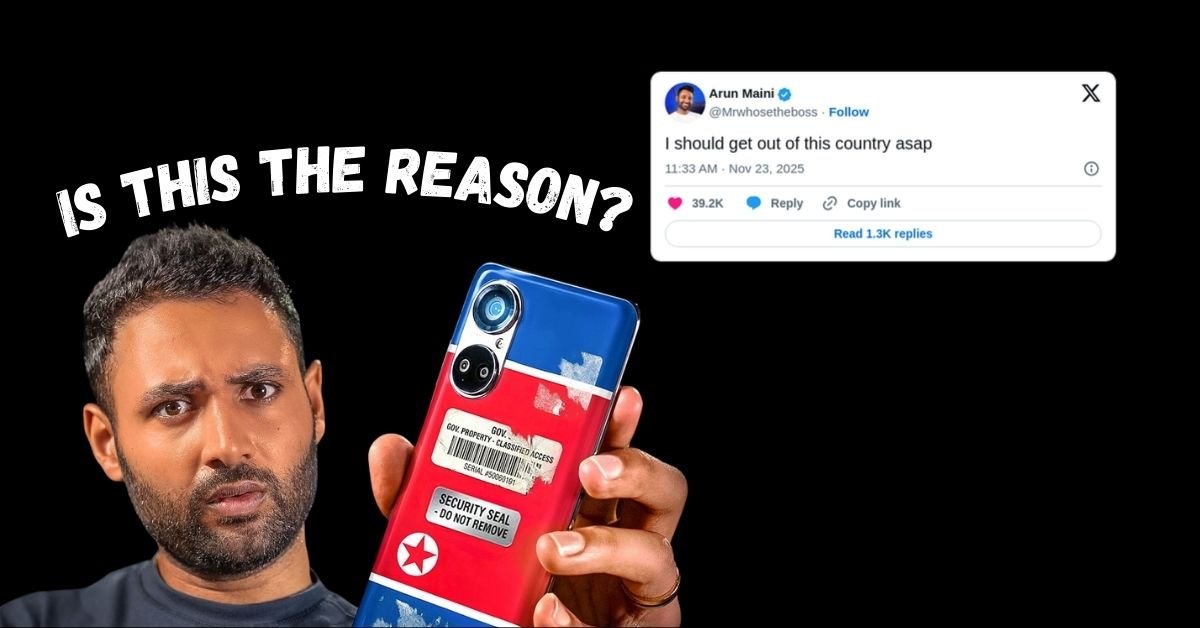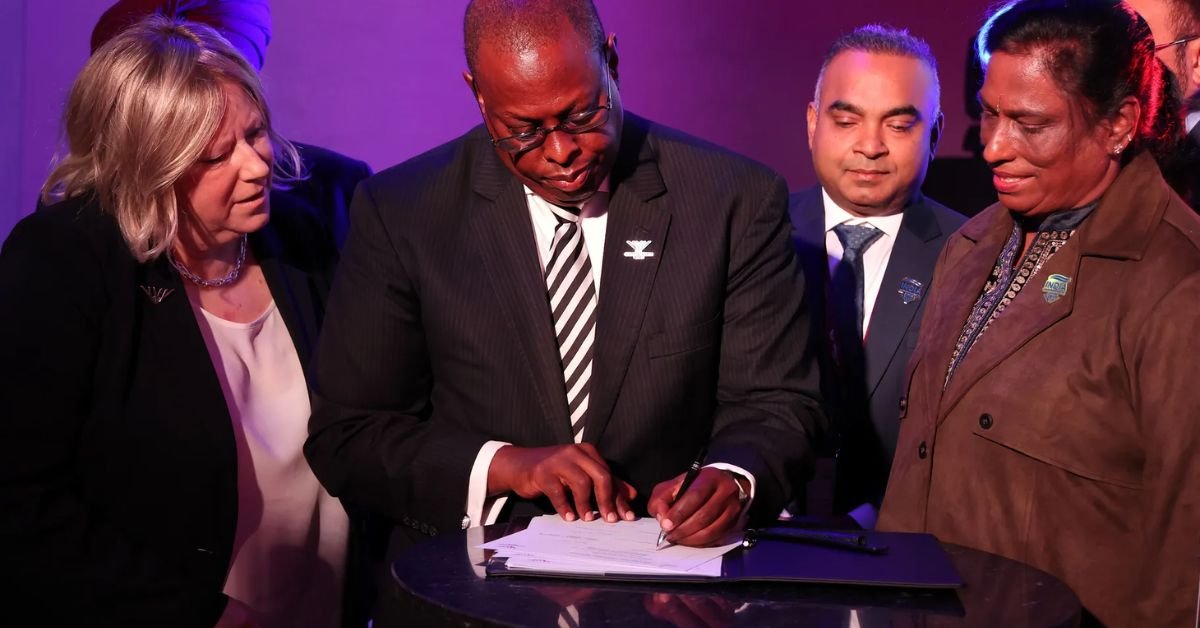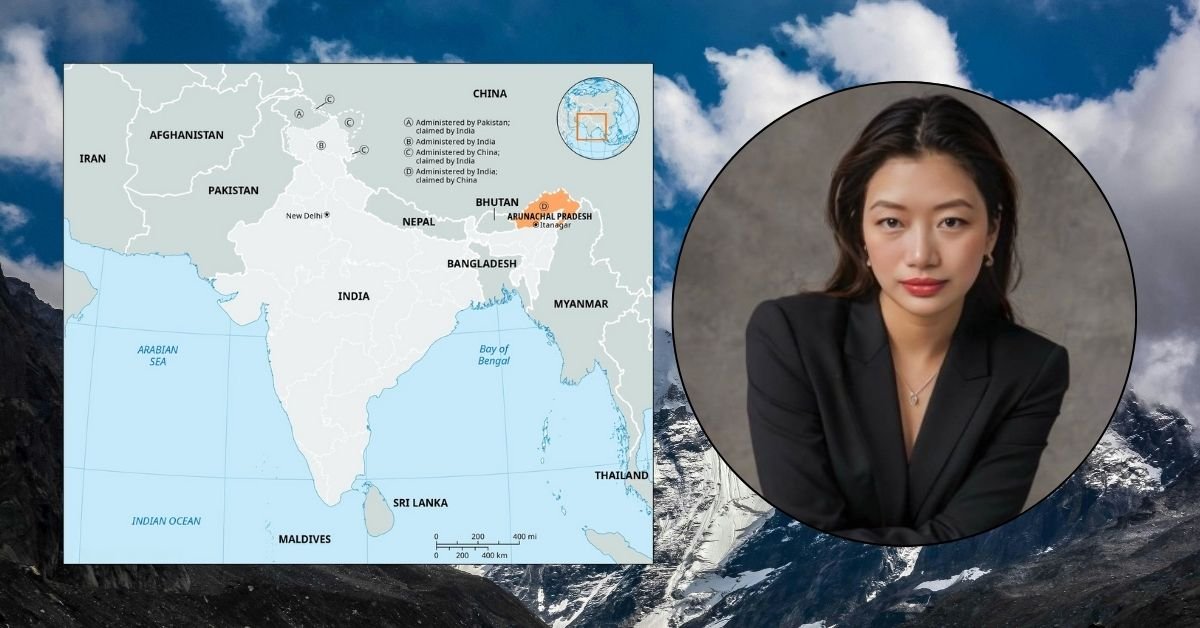Explore why Vijay Mallya hates Indian Mainstream Media, from sensationalism to biased claims. Uncover the truth behind his feud in this detailed blog.
Table Of Contents
Introduction: A Tycoon’s Tussle With The Press
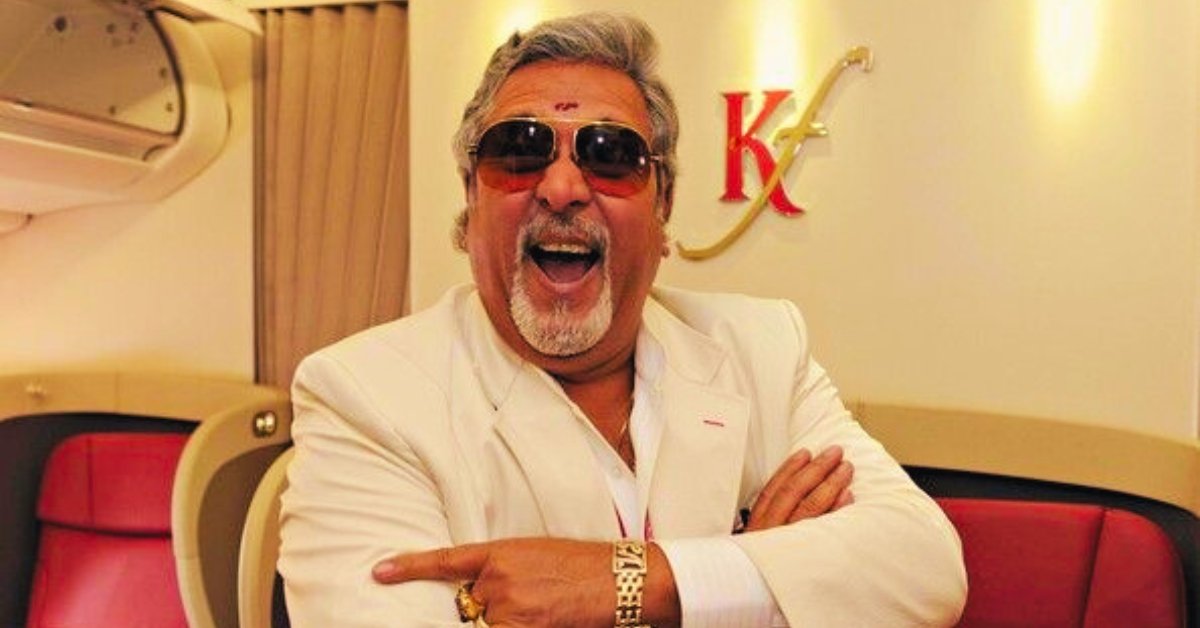
Vijay Mallya, once dubbed the “King of Good Times,” was synonymous with luxury, ambition, and controversy.
From building an empire with United Breweries to launching the glamorous Kingfisher Airlines, Mallya lived a life most could only dream of.
However, behind the glitz, his story was darker, marked by financial scandals, legal battles, and a bitter feud with the Indian mainstream media.
Why did this flamboyant businessman harbor such resentment toward the press?
Was it just media sensationalism, or was there more to the story?
At THOUSIF Inc. – INDIA, we are investigating the reasons behind Mallya’s disdain for the Indian mainstream media, piecing together his perspective, the media’s role, and the broader context of his downfall.
From his outspoken X posts to his legal fights in the UK, we will explore what fueled this clash and how it shaped his public image.
Buckle up for a journey through fame, controversy, and a media storm that refuses to die down!
The Rise Of Vijay Mallya: From Heir To High-Flier
To understand Mallya’s media feud, we must start with the man himself.
Born on December 18, 1955, in Kolkata, Vijay Vittal Mallya was the son of Vittal Mallya, a prominent businessman and chairman of the United Breweries Group.
At just 28, Vijay took over the conglomerate after his father’s death in 1983, transforming it into a powerhouse in alcohol, aviation, real estate, and other related industries.
Mallya’s ventures were bold:
- United Spirits: He made it India’s largest spirits company.
- Kingfisher Airlines: Launched in 2005, it promised luxury air travel.
- Royal Challengers Bangalore (RCB): He owned the IPL cricket team, boosting his public profile.
- Force India: His Formula One team added to his global appeal.
His lifestyle matched his ambitions through classic cars, private jets, and lavish parties with celebrities.
Mallya was a media darling in his prime, often celebrated for his charisma and business acumen.
However, the tide turned when Kingfisher Airlines began to falter, setting the stage for his clash with the press.
The Fall: Kingfisher’s Collapse And Financial Scandals
Kingfisher Airlines, launched with much fanfare, became Mallya’s Achilles’ heel.
By 2012, the airline was drowning in debt, owing nearly ₹9,000 crore to banks.
Employees went unpaid, flights were grounded, and the airline’s license was revoked in 2013.
Mallya faced allegations of fraud, money laundering, and loan defaults, particularly a ₹900 crore loan from IDBI Bank.
In March 2016, as legal pressures mounted, Mallya fled to the UK, claiming he wanted to be closer to his children.
This move cemented his image as a fugitive in India, and the media pounced.
Headlines painted him as a reckless tycoon who partied while his empire crumbled.
Mallya argued that this coverage was unfair and sensationalized, igniting his public battle with the press.
Why Did Mallya Hate The Indian Media? The Core Reasons
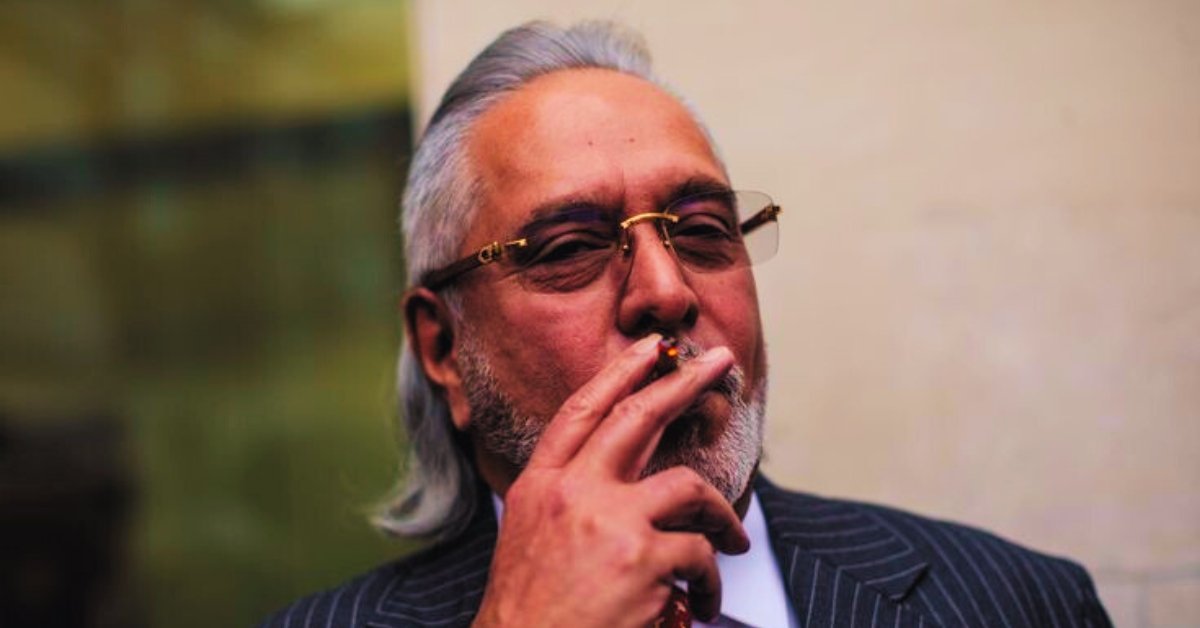
Mallya’s disdain for the Indian mainstream media was not just a fleeting grudge.
It reacted to what he saw as a relentless, biased campaign against him.
Based on his statements and the broader context, let us break down the key reasons behind his resentment.
1. Perceived Sensationalism And Media Hype
Mallya repeatedly accused the media of exaggerating his story for headlines.
In a 2017 X post, he called out the “usual Indian media hype” after his arrest in London, suggesting the press blew his legal troubles out of proportion.
He felt the media turned routine events like his appearance at a cricket match into frenzies, amplifying public outrage.
For example, when he attended an India-Pakistan Champions Trophy match in 2017, the media spotlighted his presence, framing it as a brazen act by a fugitive.
Mallya tweeted, “Wide sensational media coverage on my attendance at the India vs Pakistan match at Edgbaston,” urging the press to focus on facts rather than drama.
2. Accusations Of An “Intense Hate Campaign”
Mallya believed the media orchestrated an “intense hate campaign” against him, particularly during his extradition battle.
In June 2017, he tweeted, “Intense hate campaign by Indian media against me knows no bounds.
The GOI has filed a case before a UK court. Wait for the verdict.”
He argued that the media prejudged him, ignoring his legal rights and ongoing court proceedings.
His public statements echoed this sentiment, as he claimed the press portrayed him as guilty before the courts could decide.
The media’s focus on his lavish lifestyle, Bentley, yachts, and London properties clashed with his narrative of being a victim of circumstance, further fueling his frustration.
3. Threats to Expose Media Relationships
Mallya’s feud was not just about the coverage. It was personal.
In 2016, he hinted at a deeper rift, tweeting about “documented” favors he had provided to media bosses.
He suggested that some outlets turned against him despite past alliances, accusing them of libel and deceit.
This claim pointed to a once-symbiotic relationship between Mallya and the media, where his influence as a tycoon may have secured favorable coverage until his downfall.
Journalists like Paranjoy Guha Thakurta called on Mallya to reveal these documents, highlighting the murky ties between big business and the press in India.
Mallya’s threats suggested he felt betrayed by a media that once celebrated him but now vilified him.
4. Public Perception and Media’s Role
The media did not just report on Mallya.
They shaped public perception.
Articles described him as a “fugitive billionaire” who lived extravagantly while owing billions.
A 2018 piece noted, “Everyone loves to hate Vijay Mallya… for having such a good time while they cannot escape the drudgery of daily life.”
The press highlighted his purchases, like ₹330 crore in properties during Kingfisher’s crisis, painting him indifferent to his debts.
Mallya felt this narrative was unfair, arguing that the media ignored his efforts to settle debts.
In 2024, he claimed banks had recovered ₹14,131.6 crore, far exceeding the ₹6,203 crore debt, yet the media rarely acknowledged this, focusing instead on his fugitive status.
5. Political And Legal Pressures Amplified By Media
The media heavily covered Mallya’s legal battles, including his 2017 arrest in London and ongoing extradition case.
He believed the press amplified government narratives, portraying him as a criminal to distract from systemic issues, like the struggles of India’s aviation sector.
Some X users, in 2025, suggested Mallya was made a “villain by Godi media” to protect political figures, reflecting a sentiment that the media was complicit in a larger agenda.
Mallya also argued that the media overlooked the banks’ role in approving risky loans, instead framing him as the sole culprit.
This one-sided coverage deepened his distrust.
Key Reasons For Mallya’s Dislike Of Indian Media
| Reason | Details | Example |
|---|---|---|
| Sensationalism | The media exaggerated events like his cricket match appearances for headlines. | 2017 X post: “Wide sensational media coverage on my attendance at India vs Pakistan match.” |
| Hate Campaign | Accused the media of prejudging him before legal verdicts. | 2017 tweet: “Intense hate campaign by Indian media against me knows no bounds.” |
| Betrayal by Media | Claimed past favors to media bosses, now turned against him. | 2016 X post threatening to expose “documented” favors. |
| Shaping Public Perception | Portrayed him as a reckless tycoon, ignoring debt repayment efforts. | The Media focus on his ₹330 crore property purchases during Kingfisher’s crisis. |
| Amplifying Political Narratives | The media aligned with the government to vilify him, ignoring systemic issues. | X user claims Mallya was scapegoated to protect political figures. |
The Legal Saga: Fueling The Media Fire
Mallya’s legal troubles were a media magnet.
In 2017, he was arrested in London on India’s extradition request, accused of fraud and money laundering.
He was granted bail, but the media frenzy continued.
By 2020, his final appeal against extradition was rejected, though a “confidential legal matter” delayed enforcement as of April 2025.
In 2021, Mallya was declared bankrupt in the UK over a £1 billion debt to Indian banks.
He challenged this, claiming banks had recovered over ₹14,000 crore, double the original debt.
However, the media often focused on his fugitive status rather than these claims, reinforcing his belief in their bias.
In 2022, the Supreme Court sentenced Mallya to four months in jail for contempt after transferring $40 million to his children against court orders.
Each development was splashed across headlines, often with dramatic flair, which Mallya felt misrepresented the facts.
Timeline Of Mallya’s Legal And Media Battles
| Year | Event | Reaction |
|---|---|---|
| 2012 | Kingfisher Airlines shuts down, owing ₹9,000 crore. | Media labels Mallya a defaulter, highlighting his lavish lifestyle. |
| 2016 | Mallya flees to the UK and resigns from the Rajya Sabha. | Headlines call him a fugitive, sparking public outrage. |
| 2017 | Arrested in London, granted bail; accuses media of “hate campaign.” | Sensational coverage of his arrest and cricket match appearance. |
| 2020 | Final extradition appeal rejected in the UK. | The Media focuses on the “fugitive” narrative, less on legal nuances. |
| 2021 | Declared bankrupt in the UK with over £1 billion in debt. | Reports emphasize bankruptcy, not Mallya’s repayment claims. |
| 2022 | Sentenced to 4 months for contempt by the Supreme Court. | Dramatic headlines on jail term, minimal focus on debt recovery. |
| 2025 | Claims banks recovered ₹14,131.6 crore, seeks annulment of bankruptcy. | Limited media coverage of recovery claims, with a focus on legal woes. |
The Media’s Perspective: Why The Focus On Mallya?
To be fair, the media’s intense coverage was not entirely baseless.
Mallya’s story had the ingredients of a blockbuster: a billionaire’s fall, unpaid workers, and a dramatic escape to the UK.
The public, grappling with economic challenges, saw Mallya’s lifestyle as a symbol of excess, making him an easy target.
The media also reflected public sentiment.
When fans celebrated RCB’s IPL win in 2025 with Mallya’s posters, it showed his enduring, if controversial, popularity.
However, the press often leaned into the “villain” narrative, as noted by X user in 2025: “Vijay Mallya became a symbol of a larger-than-life lifestyle… but behind the glamor was a harsh truth: he was a loan defaulter who fled.”
The media’s role was not just to report but to hold power accountable.
Like buying properties during Kingfisher’s crisis, Mallya’s financial decisions raised legitimate questions.
However, the sensational tone of calling him “Chor hai” (thief) in public settings may have crossed into bias, validating his claims of unfair treatment.
Mallya’s Counter-Narrative: A Victim Of Circumstance?

Mallya maintained that he was not a criminal.
He claimed Kingfisher failed due to a tough aviation market, not fraud.
He pointed to Air India’s government bailouts, questioning why his airline was unsupported.
In 2024, he cited the Finance Minister’s statement that banks recovered ₹14,131.6 crore, arguing he was entitled to relief since the debt was “repaid multiple times over.”
His X posts often emphasized this narrative, like one in 2024 congratulating RCB while subtly reminding followers of his contributions to cricket.
Mallya also denied the ₹9,000 crore fraud figure, claiming the real issue was a ₹900 crore IDBI loan, which he repaid.
These rarely made headlines, reinforcing his belief that the media cherry-picked facts.
The Broader Context: Media And Business In India
Mallya’s feud highlights a deeper issue: the complex relationship between India’s media and big business.
Given his influence and philanthropy (e.g., donating gold to temples), Mallya likely benefited from favorable coverage in his heyday.
However, when his empire crumbled, the media turned, reflecting public and political pressure.
This dynamic is not unique to Mallya.
Other tycoons, like Nirav Modi and Mehul Choksi, faced similar scrutiny, suggesting a pattern where the media amplifies public anger toward economic offenders.
However, Mallya’s case stands out due to his high profile and outspokenness, making his feud a public spectacle.
Recent Updates: Where Does Mallya Stand In 2025?
As of June 2025, Mallya remains in the UK, resisting extradition on unspecified legal grounds.
His bankruptcy appeal continues, with his lawyers arguing that banks acted in “bad faith” by recovering more than owed.
In February 2025, Mallya moved the Karnataka High Court, demanding a statement of accounts from banks, claiming the ₹14,131.6 crore recovered far exceeded his debts.
The media, however, remains focused on his fugitive status.
A July 2024 SEBI ban barred him from India’s securities market for three years, citing fraudulent trading.
His son Sidhartha’s wedding in 2024 also drew attention.
Mallya’s presence at the lavish event was covered extensively, often with a critical tone.
Mallya’s Current Status (June 2025)
| Aspect | Details |
|---|---|
| Location | London, UK, on bail since the 2017 arrest. |
| Legal Status | Fugitive, resisting extradition; declared bankrupt in 2021. |
| Recent Actions | Mallya moved Karnataka HC for bank account statements; pursuing bankruptcy annulment. |
| Media Coverage | Focus on fugitive status, wedding attendance; less on debt recovery claims. |
| Public Perception | Mixed—seen as a defaulter but celebrated by some for RCB’s IPL win. |
Conclusion: Complex Tale Of Fame And Friction
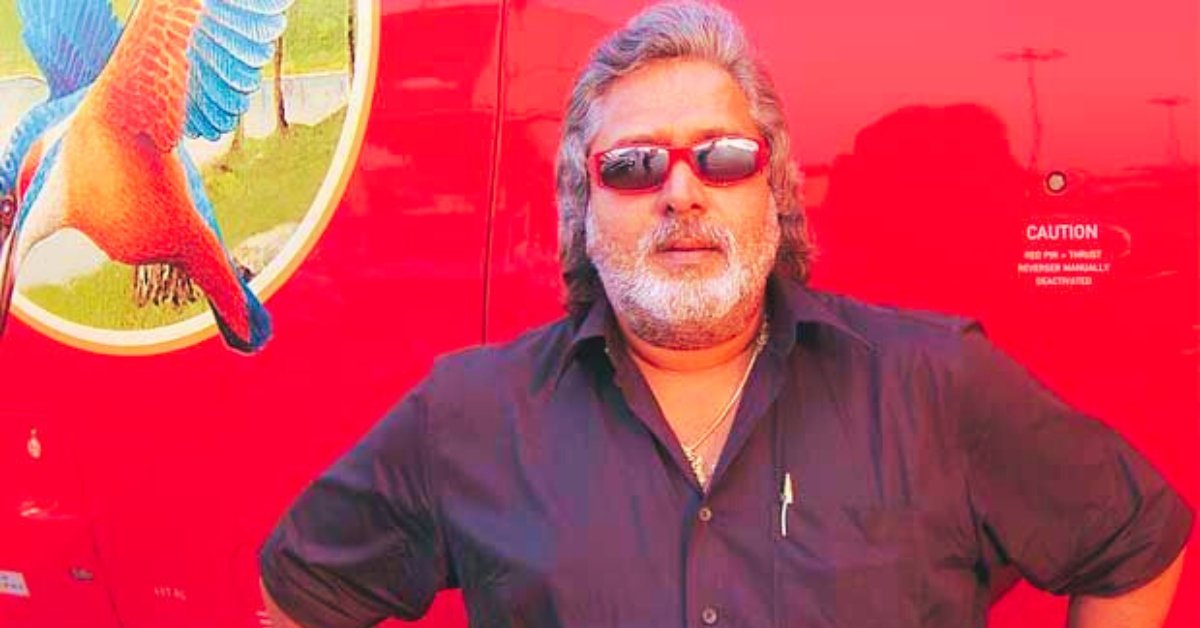
Vijay Mallya’s hatred for the Indian media was not just about headlines.
It was about a narrative he felt was unfair, sensationalized, and politically charged.
From accusations of a “hate campaign” to threats of exposing media ties, his feud reflects a man fighting to reclaim his story.
While the media’s role in holding him accountable was crucial, its tone often veered into drama, validating his grievances to an extent.
At THOUSIF Inc. – INDIA, we believe in digging deeper to uncover the truth.
Mallya’s story is a reminder of the media’s power and pitfalls in shaping public perception.
What do you think: Was Mallya unfairly targeted, or did he bring the scrutiny on himself?
Explore more stories like this on our website, where we unravel the complexities of business, fame, and controversy!
Trivia: Did You Know?
Vijay Mallya once owned nearly 250 classic cars, including a customized Boeing 727 and yachts, showcasing his love for luxury. Despite his legal troubles, he brought Tipu Sultan’s sword back to India for ₹1.7 crore at a London auction, a patriotic act rarely highlighted by the media.
